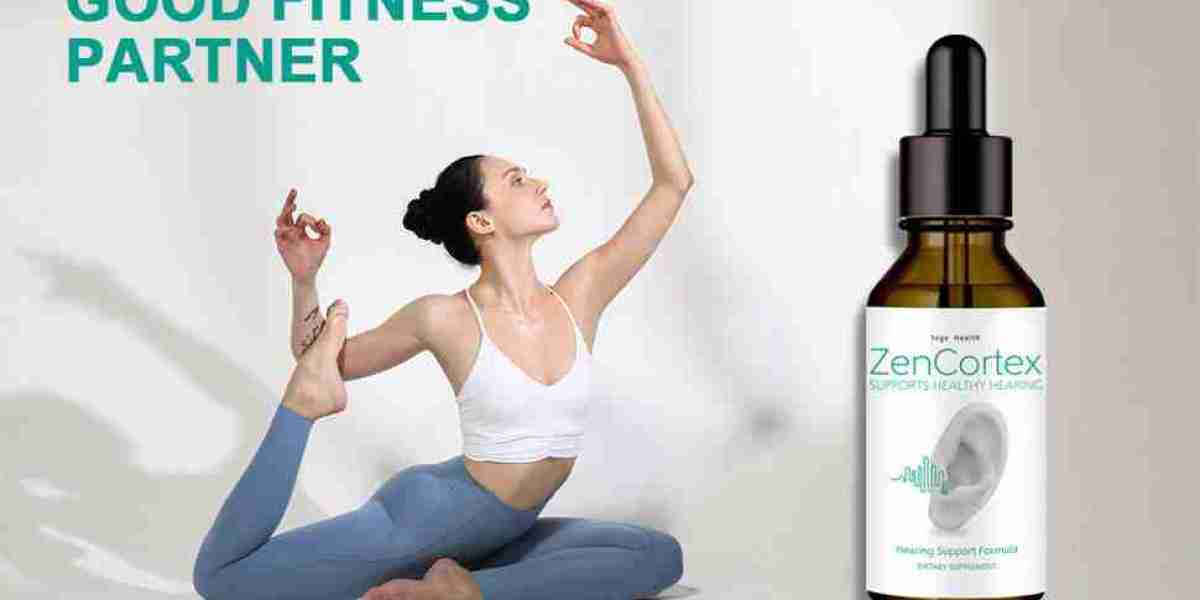Understanding Rhinoplasty and Its Purpose
Rhinoplasty, often referred to as a "nose job," is a surgical procedure that modifies the shape, size, or proportions of the nose. People consider rhinoplasty for various reasons—enhancing facial harmony, correcting breathing difficulties, or repairing deformities resulting from injury or congenital conditions. In a city like Riyadh, where beauty and confidence are deeply appreciated, understanding the intricacies of rhinoplasty can be a crucial step before making a decision.
Why People Opt for Rhinoplasty in Riyadh
Rhinoplasty in Riyadh has become increasingly popular due to the growing awareness of aesthetic enhancement and the availability of skilled professionals. Whether for cosmetic appeal or medical necessity, more individuals in Riyadh are exploring rhinoplasty options. Choosing the right technique requires a deep understanding of both the patient's expectations and the methods available. With modern surgical advancements and tailored approaches, finding the ideal rhinoplasty technique can ensure both safety and satisfaction.
Types of Rhinoplasty Techniques
Open Rhinoplasty
This technique involves a small external incision at the base of the nose, allowing the surgeon full visibility and access to nasal structures. It's typically chosen for complex reshaping procedures where precision is paramount. The open approach allows for better control, making it suitable for cases requiring significant structural changes.
Closed Rhinoplasty
Closed rhinoplasty involves incisions made within the nostrils, making it a less invasive option. There are no visible scars, and recovery time is generally faster. It's ideal for minor adjustments or for patients seeking refinement rather than complete reconstruction.
Septoplasty with Rhinoplasty
When structural issues like a deviated septum are combined with aesthetic goals, a septorhinoplasty is performed. This technique addresses both functional and cosmetic concerns, improving breathing while enhancing appearance. It's especially beneficial for patients with breathing difficulties.
Ultrasonic Rhinoplasty
A relatively new technique, ultrasonic rhinoplasty uses high-frequency vibrations to reshape nasal bones without traditional cutting tools. It reduces trauma, bruising, and recovery time. This precision method is favored for its gentle approach and natural-looking outcomes.
Non-Surgical Rhinoplasty
For those hesitant about surgery, non-surgical rhinoplasty offers temporary changes using dermal fillers. It can straighten a nose, smooth bumps, or lift the tip—without incisions or downtime. However, the results are not permanent and usually last around 6 to 18 months.
Factors to Consider Before Choosing a Technique
Aesthetic Goals
Each rhinoplasty technique caters to different aesthetic needs. Whether you're looking to straighten a crooked nose, reduce its size, or refine the tip, your goals should guide the choice of technique. Consulting with a qualified surgeon is essential to align expectations with realistic outcomes.
Functional Requirements
If nasal function is a concern, such as difficulty breathing or chronic sinus issues, combining functionality with aesthetics becomes vital. Techniques like septorhinoplasty can address these dual needs effectively.
Skin Type and Thickness
Skin thickness plays a significant role in rhinoplasty outcomes. Thick skin can hide minor imperfections but may not reveal subtle refinements, while thin skin may expose even the slightest irregularity. Your skin type helps determine which approach will yield the most natural result.
Previous Nose Surgeries
For those undergoing revision rhinoplasty, the technique chosen must be adjusted based on the structure and condition of the nose after the initial surgery. Open rhinoplasty is commonly preferred in such cases for better control and correction.
Consultation: The First Step Toward Success
The Importance of Detailed Assessment
A thorough consultation with a board-certified surgeon is crucial. During this session, your medical history, facial proportions, and expectations are evaluated. The surgeon will then recommend the most suitable technique based on your unique case.
3D Imaging and Simulation Tools
Modern practices in Riyadh often employ 3D imaging tools that allow you to visualize potential outcomes before the procedure. This builds trust and helps align your expectations with what is surgically possible.
Recovery and Aftercare
Post-Procedure Expectations
Recovery times vary depending on the chosen technique. Open procedures usually require more downtime, while closed or non-surgical methods have faster healing. Swelling, bruising, and mild discomfort are common but manageable with proper care.
Tips for a Smooth Recovery
Follow your surgeon's aftercare instructions strictly. Avoid strenuous activities, protect your nose from trauma, and attend all follow-up appointments. Proper healing not only enhances results but also prevents complications.
Cultural Sensitivity and Aesthetic Trends in Riyadh
Personalized Beauty Standards
In Riyadh, rhinoplasty is not just about adopting Western beauty norms but embracing a balanced and culturally resonant appearance. Surgeons understand local aesthetics and design noses that harmonize with ethnic features.
Gender-Specific Preferences
While women may prefer a delicate, refined nasal bridge, men often opt for a more defined and masculine structure. The right technique must cater to these gender-specific expectations while maintaining naturalness.
The Role of Surgeon Experience
Importance of Specialization
Not all plastic surgeons specialize in rhinoplasty. Experience matters significantly in achieving symmetrical and functional results. Surgeons with a focused practice in rhinoplasty tend to offer more refined techniques and better outcomes.
Portfolio and Patient Reviews
Before choosing a surgeon, review their before-and-after photos and read patient testimonials. These insights can help you gauge their expertise and whether they can deliver the results you’re looking for.
Risks and Complications to Be Aware Of
Common Risks
Like any surgical procedure, rhinoplasty carries risks such as infection, scarring, asymmetry, or unsatisfactory results. These can often be mitigated through careful planning and choosing a skilled surgeon.
How to Minimize Complications
Clear communication, realistic expectations, and following post-operative instructions are your best defenses against complications. Always choose a surgeon who is transparent about potential risks and recovery outcomes.
Advances in Technology and Techniques
Innovative Tools
In Riyadh, many clinics have adopted cutting-edge technology like ultrasonic devices and 3D simulations. These advancements increase surgical precision and enhance patient satisfaction.
Minimally Invasive Options
With growing demand for less invasive procedures, techniques are continually evolving. Non-surgical and ultrasonic options are gaining popularity for their quicker recovery and minimal discomfort.
Choosing the Right Time for Surgery
Seasonal Considerations
Riyadh’s climate can impact your recovery experience. Cooler months may offer more comfort during healing. Always plan your surgery around a time when you can rest and avoid sun exposure.
Personal Schedule
Make sure you allocate adequate time off from work or school. Rushing recovery can jeopardize results. The technique you choose should align with your availability and lifestyle.
Ethical and Psychological Aspects
Emotional Preparedness
Rhinoplasty is not just a physical transformation—it’s a mental one. Be sure you are emotionally ready for the changes. Psychological evaluations may be recommended to ensure you have healthy motivations.
Ethical Practice
Ethical surgeons will never push you into a procedure. They focus on your well-being, ensuring the chosen technique suits you medically and emotionally.
FAQs
What is the most commonly used rhinoplasty technique in Riyadh?
The open rhinoplasty technique is widely used in Riyadh, especially for complex cases, due to the visibility and control it provides surgeons. However, the best technique still depends on individual needs and desired outcomes.
Is non-surgical rhinoplasty a good option?
Yes, for those looking for temporary and subtle changes, non-surgical rhinoplasty is an excellent option. It requires no downtime but isn't suitable for major reshaping or structural issues.
How long is the recovery period after Rhinoplasty in Riyadh?
Recovery varies by technique. Open rhinoplasty may take 2–3 weeks for initial healing and several months for full results. Closed and non-surgical options have much shorter recovery times.
Can rhinoplasty improve breathing problems?
Absolutely. Functional rhinoplasty or septorhinoplasty is specifically designed to correct structural issues, such as a deviated septum, improving both appearance and breathing.
Final Thoughts
Choosing the right rhinoplasty technique involves more than picking from a menu—it requires thoughtful consideration of your aesthetic goals, functional needs, and lifestyle. The growing demand for Rhinoplasty in Riyadh reflects the region’s appreciation for beauty and self-improvement. With the right surgeon, realistic expectations, and proper care, you can achieve results that are not only visually pleasing but also enhance your overall well-being.






